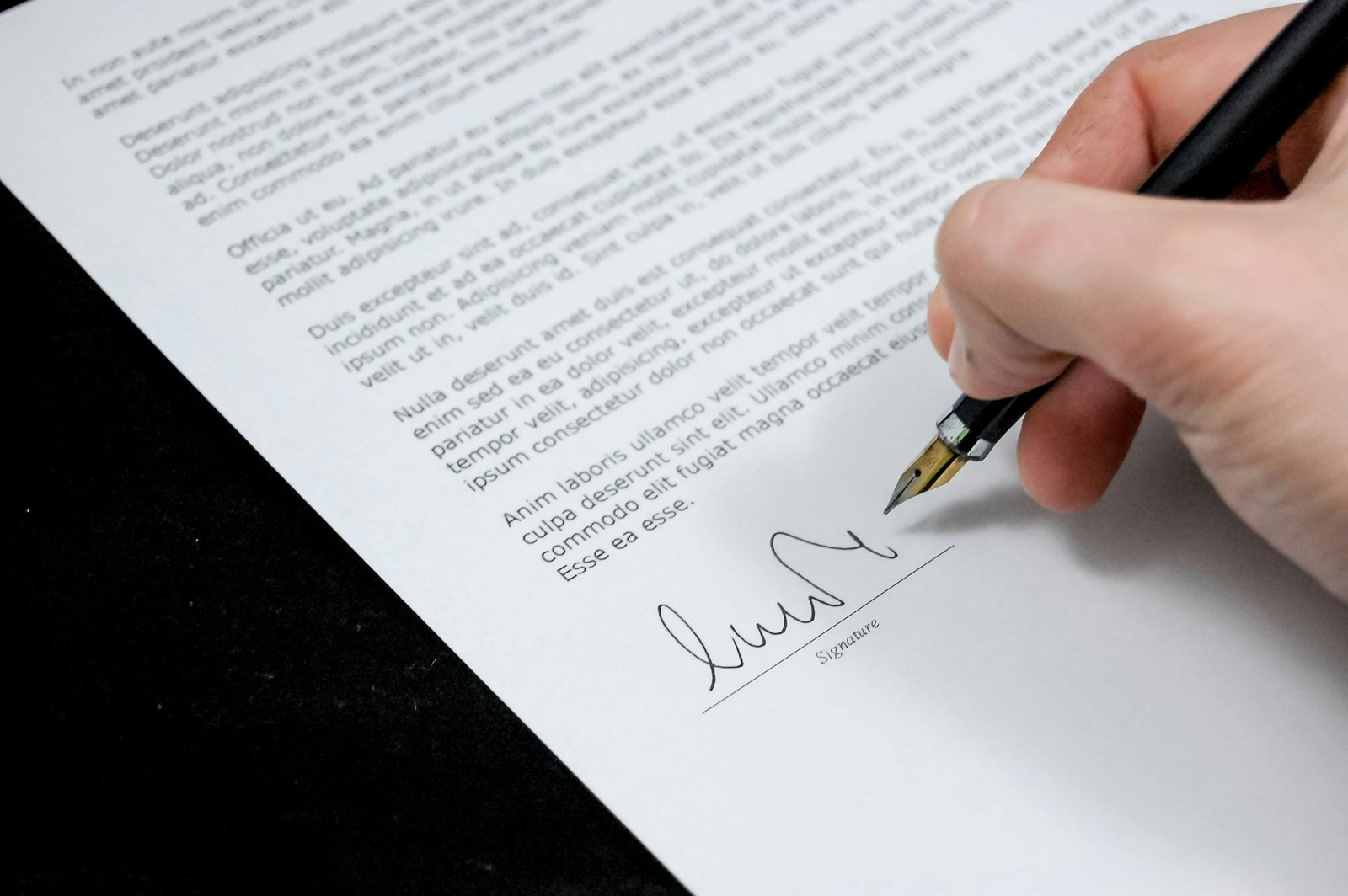A cover letter is a crucial component of your job application. It serves as your introduction to potential employers and offers a chance to highlight your qualifications, experiences, and enthusiasm for the role. Despite its importance, many job seekers struggle to write an effective cover letter. This blog post will provide you with essential tips to craft a compelling cover letter that captures the recruiter’s attention and prompts them to invite you for an interview.

Keep It Short and Focused
One of the most important aspects of a cover letter is its length. Recruiters often have limited time to review each application, so keeping your cover letter concise is essential. Aim for no more than one page, and focus on summarizing your reasons for being the perfect fit for the job. Your cover letter should complement your resume, not duplicate it.
Personalize Your Cover Letter
A generic cover letter is easily recognizable and can turn off recruiters. To make a strong impression, personalize your cover letter for each job application. Start by addressing the letter to a specific person. If the job posting doesn’t include a name, do some research to find the hiring manager or use a professional greeting such as “Dear Hiring Manager.”
In the opening paragraph, mention the job title you’re applying for and how you found the job listing. This shows that you’ve tailored your cover letter specifically for the position and that you are genuinely interested in the role.
Highlight Relevant Experiences and Skills
Your cover letter should showcase your most relevant experiences and skills that align with the job description. Carefully read the job posting and identify the key qualifications and responsibilities. Then, provide examples from your past work that demonstrate how you meet these criteria.
For instance, if the job requires project management skills, you might write:
“In my previous role as a project coordinator at XYZ Company, I successfully managed multiple projects from inception to completion. I streamlined processes, coordinated with cross-functional teams, and delivered projects on time and within budget.”
By highlighting specific achievements, you can provide concrete evidence of your capabilities and make a compelling case for why you’re a strong candidate.
Showcase Your Enthusiasm
Employers want to hire candidates who are not only qualified but also genuinely interested in the position and the company. Use your cover letter to convey your enthusiasm for the role and the organization. Explain why you are excited about the opportunity and how your goals align with the company’s mission and values.
For example:
“I am particularly drawn to this position at ABC Corp because of your commitment to innovation and sustainability. I have long admired your efforts to reduce environmental impact while delivering cutting-edge technology solutions. I am eager to contribute to your team and help drive these initiatives forward.”
Showing genuine interest and passion can set you apart from other candidates who may have similar qualifications.
Be Professional and Error-Free
Professionalism is key in a cover letter. Use a formal tone and avoid colloquialisms or overly casual language. Additionally, your cover letter should be free of any errors. Typos, grammatical mistakes, and formatting issues can make a negative impression and suggest a lack of attention to detail.
Proofread your cover letter multiple times before submitting it. Consider asking a friend or mentor to review it as well, as they may catch errors you’ve overlooked.
Include a Call to Action
The goal of your cover letter is to prompt the recruiter to take the next step, which is typically to invite you for an interview. End your letter with a strong call to action that expresses your eagerness to discuss your application further.
For example:
“I would welcome the opportunity to discuss how my background, skills, and certifications align with the needs of your team. Please feel free to contact me at your earliest convenience to schedule an interview. Thank you for considering my application.”
A confident and courteous closing can leave a lasting impression and encourage the recruiter to reach out to you.
Follow the Proper Structure
A well-structured cover letter enhances readability and ensures you include all the necessary information. Here’s a suggested structure:
- Header: Include your contact information (name, address, phone number, email) and the date. Below that, add the employer’s contact information (name, title, company, address).
- Greeting: Address the letter to a specific person if possible.
- Introduction: Briefly introduce yourself, mention the job you’re applying for, and state how you found the job listing.
- Body Paragraphs: Highlight your relevant experiences, skills, and achievements. Explain why you’re excited about the role and how you can contribute to the company.
- Conclusion: Summarize your qualifications, express your enthusiasm for the position, and include a call to action.
- Closing: Use a professional closing such as “Sincerely” or “Best regards,” followed by your name and signature.
Tailor Your Cover Letter to the Job Description
Each job description is unique, and your cover letter should reflect that. Tailoring your cover letter means aligning your skills and experiences with the specific requirements listed in the job posting. This demonstrates to the recruiter that you’ve put thought into your application and understand what the role entails.
For example, if the job posting emphasizes teamwork and collaboration, you might include:
“Throughout my career, I have worked effectively in team settings, collaborating with colleagues from diverse backgrounds to achieve common goals. At my previous job, I led a cross-departmental team project that improved our client onboarding process, resulting in a 15% increase in customer satisfaction.”
By directly addressing the job requirements, you make it easier for the recruiter to see how you fit the role.
Use Keywords from the Job Posting
Many companies use Applicant Tracking Systems (ATS) to screen applications before they reach a human recruiter. To ensure your cover letter passes through the ATS, incorporate keywords from the job posting. These keywords are often the specific skills, qualifications, and responsibilities listed in the job description.
For example, if the job posting mentions “digital marketing,” “SEO,” and “content creation,” try to include these terms in your cover letter where relevant. This increases the chances that your application will be seen by a recruiter.
Showcase Your Personality
While maintaining professionalism, don’t be afraid to let your personality shine through your cover letter. Employers are looking for candidates who not only fit the job requirements but also the company culture. A touch of personality can make your cover letter more engaging and memorable.
For example:
“As a lifelong advocate for sustainability, I am thrilled at the prospect of joining a company that values environmental responsibility as much as I do. Outside of work, you’ll often find me volunteering at local clean-up events or experimenting with eco-friendly DIY projects.”
Sharing a bit about your personal interests or passions can help you stand out and show that you’re a well-rounded individual.
Final Thoughts
Writing an effective cover letter is an art that requires attention to detail, a clear understanding of the job you’re applying for, and a genuine enthusiasm for the opportunity. By keeping your letter concise, personalizing it for each application, highlighting relevant experiences, and showcasing your personality, you can create a compelling cover letter that catches the recruiter’s eye and prompts them to take the next step—inviting you for an interview.
Remember, the cover letter is your chance to make a strong first impression. Invest the time to craft a thoughtful and polished letter, and it can significantly enhance your job search success. Good luck!





